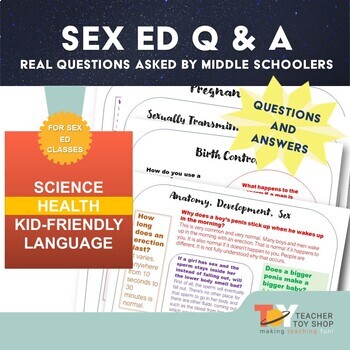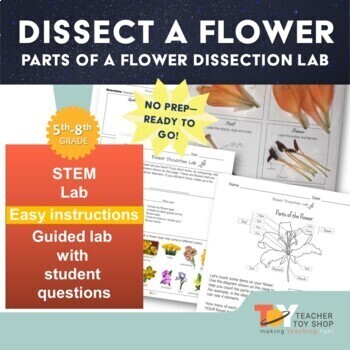Getting Started with Flower Dissection
Many students love doing dissections. Dissecting a flower is especially great because students are more comfortable dissecting a plant than an animal. Which flower is best for a flower dissection? Some flowers are better than others. The following are best choices to dissect a flower since the reproductive parts are easy to see. Plus, every flower in this list has both male and female reproductive parts.Which Flowers are Best for Flower Dissection?
Not all flowers work well for this project. Below, you'll find the list of flowers I recommend.
- Lily
- Alstroemeria, also called Peruvian Lily
- Tulip
- Petunia
- Gladiolus
- Hibiscus
- Daffodil
- Carnation
- Evening primrose
Where to Get the Flowers for Your Flower Dissection Experiment
Looking for a Flower Dissection Resource?
Looking for a prepared lab experiment to do your flower dissection in class? This one has instructions, a worksheet for students to fill out and all answers are included. It’s simple and easy and your students will love it. |
| CLICK HERE TO LEARN MORE |
Want to show a movie about human reproduction? I recommend the PBS movie Life’s Greatest Miracle. It has amazing cinematography. I have found that I often need to pause it during class to answer student’s questions. Be prepared for a lot of excitement (OK, screaming and yelling) at the end when you see the baby’s head emerging at birth!
If you want to talk to students about contraception, this site is helpful because it has images of them. You can demonstrate how to use a condom by putting one on a banana. Students absolutely love that lesson.
It’s important to give students space to ask questions about sex education. This is a helpful resource to see the types of questions students might ask:
 |
| CLICK HERE TO LEARN MORE |






Post a Comment
Thanks for visiting Teacher Toy Shop. We'd love to hear your thoughts and ideas.